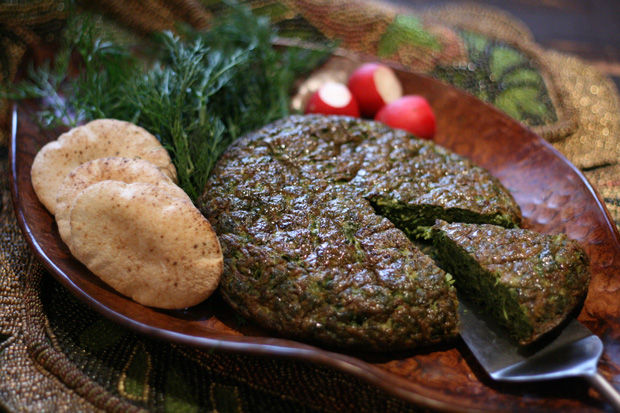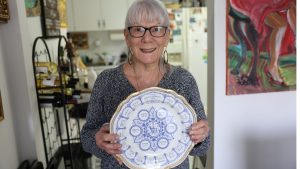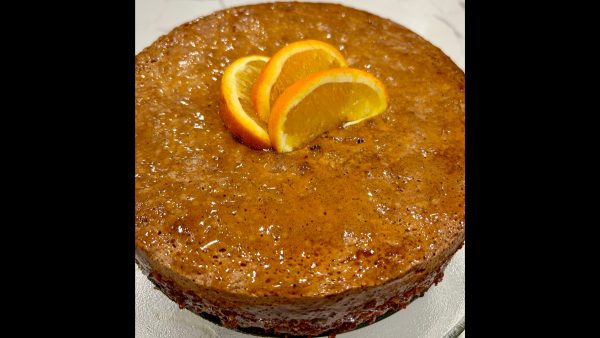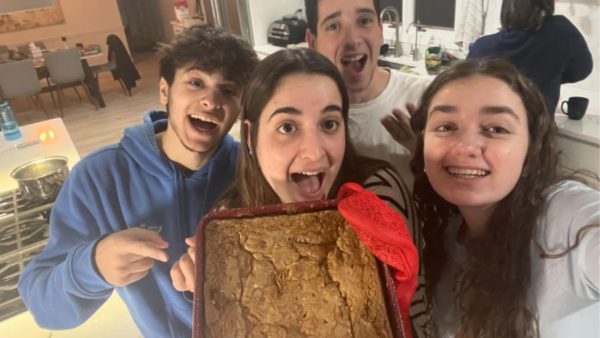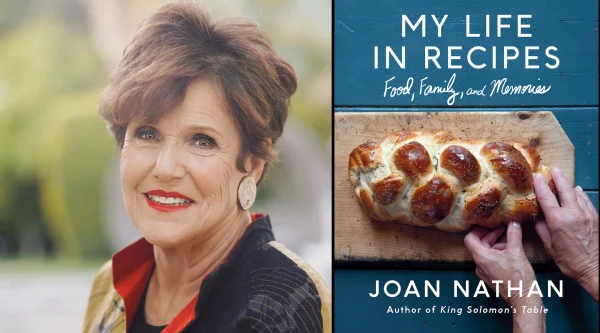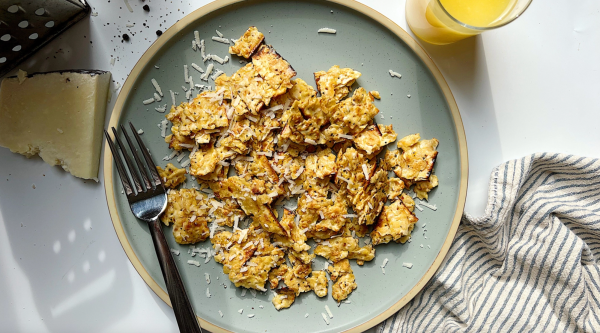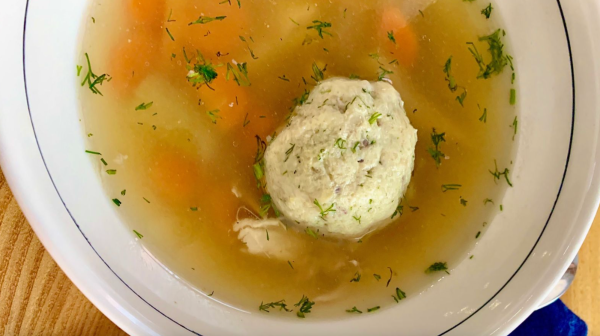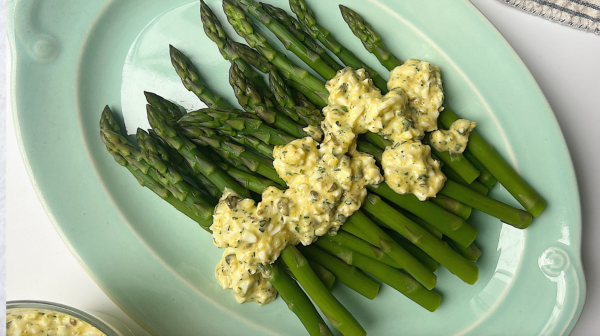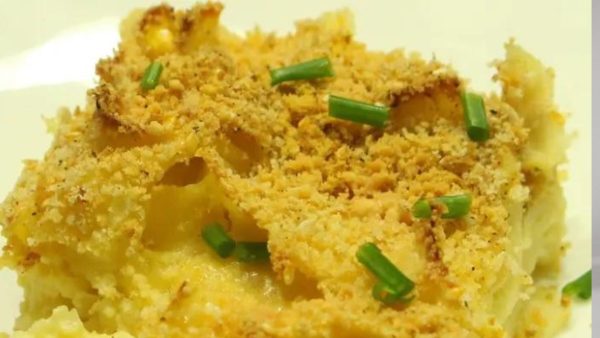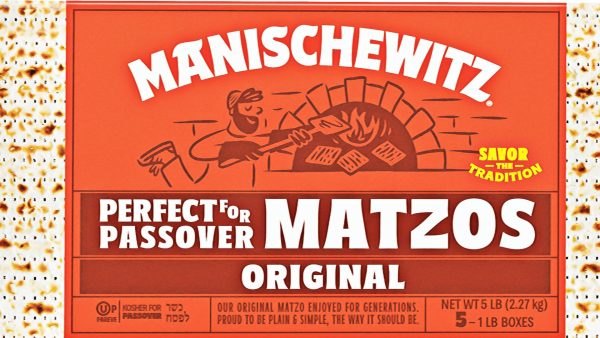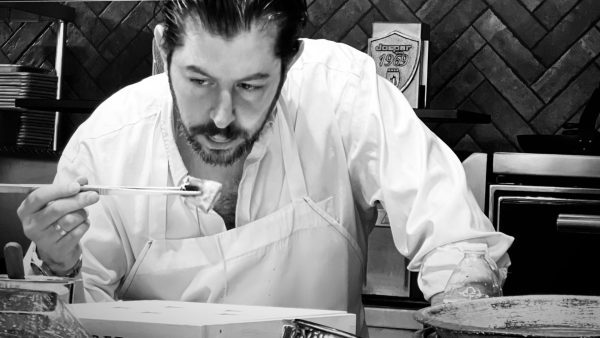Persian traditions flavor Yom Kippur cooking
Published September 16, 2015
For many American Jews, the meal breaking the Yom Kippur fast features tables laden with lox, bagels and cream cheese; kugels or blintzes: fruit-jeweled Jell-O molds; and coffeecakes. We simply assume that this is the standard menu for all Jews returning home from the nehila service. But that is not so for American Jews of Persian descent.
Before exploring some of those foods, allow me to introduce Reyna Simnegar. Reyna was born and reared in Venezuela. Her family history dates back to the Spanish Inquisition, when her ancestors fled from Spain. In 1995, she moved to the United States to attend UCLA. It was there that she met her future husband, Sammy, whose family had emigrated from Iran to the United States after the Islamic Revolution in 1979.
Sammy’s mother introduced Reyna to the cuisine of Persian Jews. And in an effort to make certain that her son would not starve when Reyna and Sammy moved off to Boston for graduate school, Sammy’s mother spent a week teaching Reyna as much as she could about their family’s culinary traditions.
“Learning this cuisine was a challenge,” Reyna told me. “While my mother-in-law, who is a wonderful cook, taught me much of what I know, and I had attended Persian weddings and eaten at the homes of other family and friends, there were no good, easy-to-follow Persian cookbooks.
“Also, Persians like their food to be difficult to prepare. It has something to do with ‘tarof,’ a cultural trait that is mystical and complicated and has to do with honor. They circle an idea thousands of times before coming to the point. That makes it very difficult to convince any Persian to share their recipes with you!”
Reyna spent more than a year experimenting with recipes and getting valuable feedback from her husband, their five sons and friends. In 2011, everything she had learned came together in her cookbook, “Persian Food From the Non-Persian Bride: And Other Sephardic Kosher Recipes You Will Love.”
Filled with easy-to-follow recipes, stunning photographs and Reyna’s delightful anecdotes about integrating into a Persian family, it exemplifies the beauty and importance of preserving and perpetuating family traditions.
Now for that Persian break-fast menu.
Reyna’s husband’s family comes from Shiraz in western Iran, where the Persian traditions are different from Jews in other parts of the country. Reyna’s family always breaks their fast with a glass of warm water that has been infused with rosewater and sweetened with sugar. The mixture is believed to wake up the senses and bring the drinker back to life.
In other parts of Iran, Jews might break their fasts with chilled grated apples sprinkled with sugar and rosewater.
Any number of dishes might follow. Reyna’s family often has a salad of plain yogurt mixed with shredded cucumbers. It is seasoned with mint, salt and pepper and served with flatbread, which is used for dipping into the salad.
Other families include boiled potatoes, boiled eggs, fried eggplant and fried zucchini. Each guest mashes the potatoes, eggs
and vegetables together and seasons the mixture with salt and lime juice. They then roll up the mashed mixture in warm flatbread and eat it like a burrito.
Another popular dish is a Persian omelet called kookoo, whose ingredients can vary from family to family.
“Our break-fast meal is light and simple and is quite different from the meal that begins the holiday,” Reyna told me. “On erev Yom Kippur, Persian Jews go all out and make a ton of food. For example, I might serve an appetizer of sweet and sour chicken soup with yellow chickpeas, potatoes, cumin seed and pieces of chicken, or a Persian meatball soup. Next I serve a chicken dish along with two different rice dishes, one made with lima beans and a sweeter one made with caramelized onions.
“Though typically fresh fruit is served for dessert, I also bake a roulade infused with rosewater, filled with pareve whipped cream and topped with fresh strawberries – a delicious and beautiful end to our meal!”
Reyna has embraced her family’s Persian traditions and, with her simplified recipes, has made the cuisine approachable for all of us.
Reyna shared some of her comments and recipes from her book, which I have included below.
L’Shanah Tovah.
Recipes and photographs from “Persian Food From the Non-Persian Bride” by Reyna Simnegar (March 2011). Visit Reyna’s website: kosherpersianfood.com.
Margi Lenga Kahn is the mother of five and grandmother of five. A cooking instructor at the Kitchen Conservatory, she is working on a project to preserve the stories and recipes of heritage cooks. She welcomes your comments and suggestions at [email protected].



